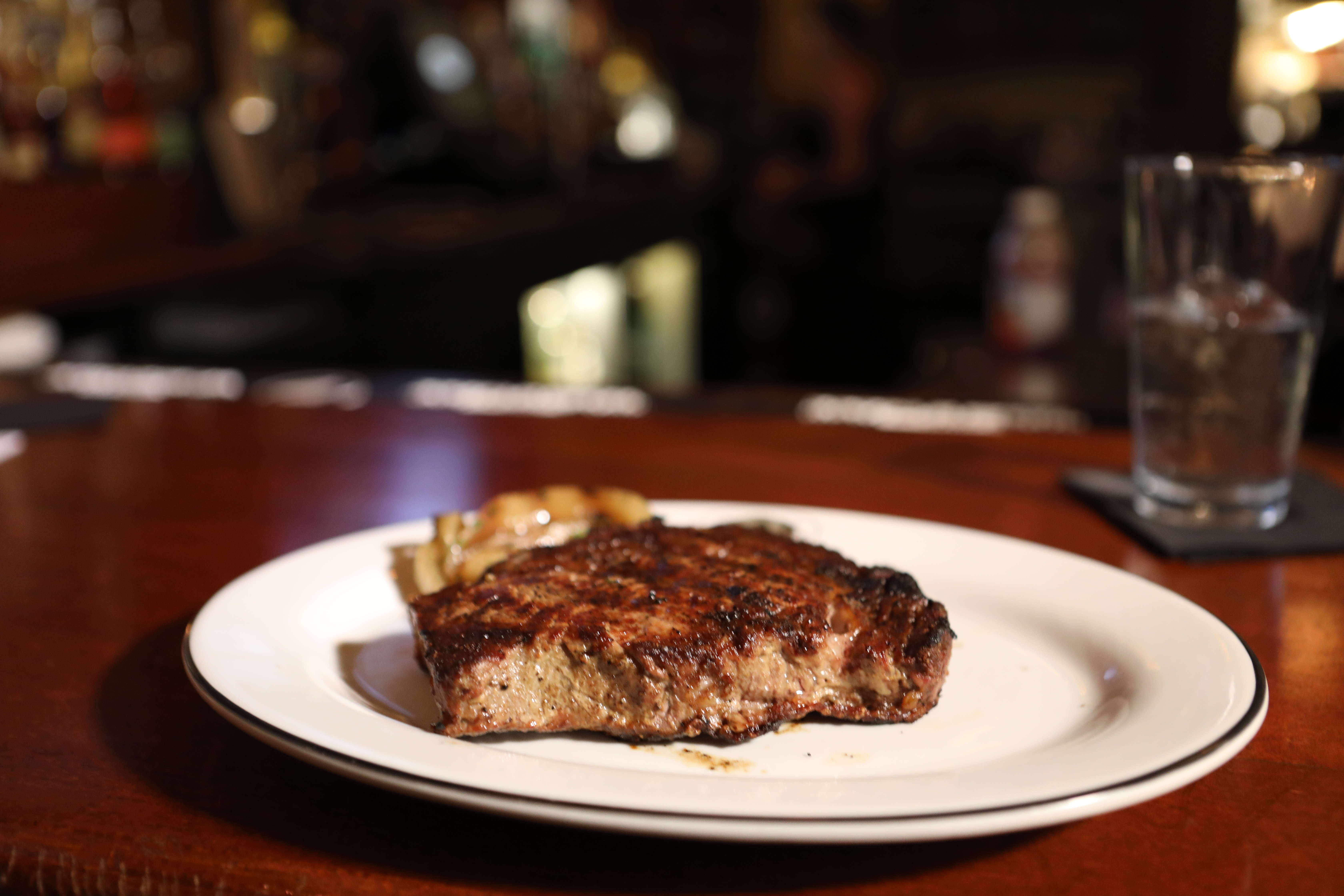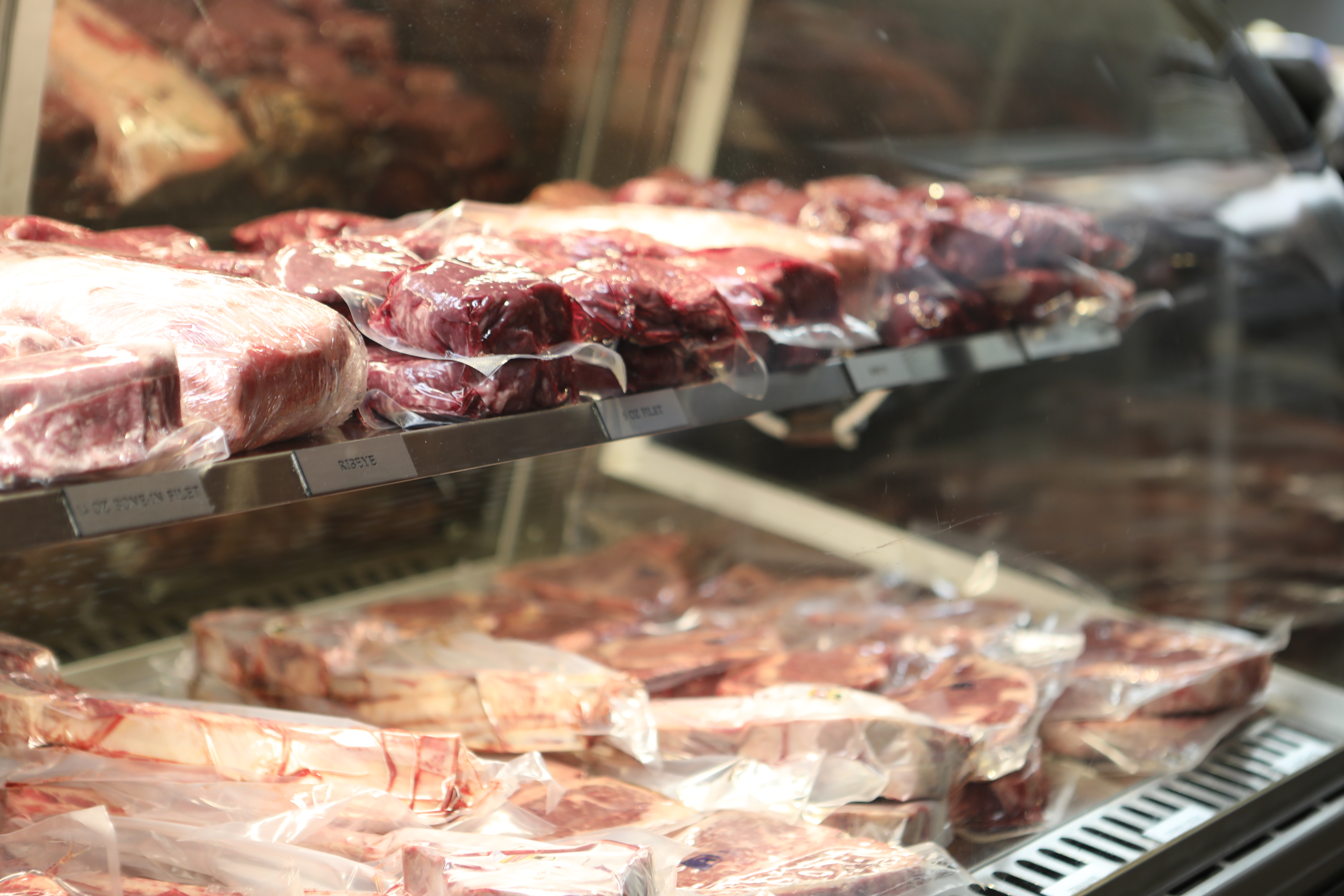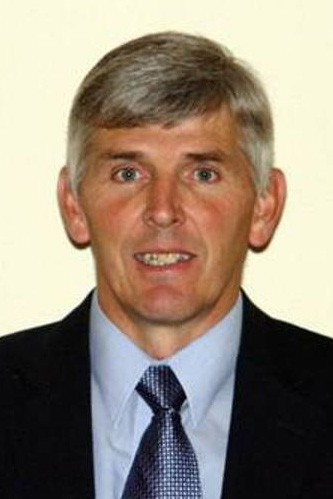
Summer steak sales = CAB record
by Miranda Reiman
A steak sizzling on the grill is to a consumer what a cash register cha-ching is to a grocer. Despite economic conditions, those sweet sensations were in the air this summer as demand for high-quality beef cuts picked up for the world’s largest branded beef program.
The Certified Angus Beef ® (CAB®) brand set repeat records in July and August for the most sold in a single month since the inception of the program in 1978.
Licensed restaurants and retailers marketed 60 million pounds in July, and then bested that monthly high mark by another couple-million pounds in August.
“Historically these are big months with the summer grilling season, and retailers always carry most of that weight,” says Clint Walenciak, CAB director of packing. Fourth of July and Labor Day holidays help drive sales. “Combine that with the economy that had more people going to the grocery store, and it added up to back-to-back chart-topping months.”
He also credits long-time partners with stepping up their efforts to push the higher quality beef. One of those is Price Chopper, a 120-store grocery chain in the Northeast.
“Our steak sales are just terrific,” says Larry Ritzert, vice president of meat merchandising for Price Chopper. “The conventional wisdom would be that things are tough so people are going to move down from middle meats to a tougher steak or to burgers.” If you thought that, you’d be wrong this time.
“We’re seeing an influx of people buying steaks,” he says. “It’s the people who want to have a good eating experience – if they’re spending money they want to enjoy it.”

In response, the retailer has run more weekly features on beef. Prices are lower compared to last year’s averages, but Ritzert says the spread is still relatively similar.
“If steaks last year were $5.99 and this year they’re $4.99, the same is true for other cuts and quality grades,” he says. “They could eat cheaper if they wanted to, but they’re choosing those higher quality steaks.”
Ritzert says they offer many different sized packages and thickness of cuts and have a well-stocked, large display.
“Folks have responded very well to it,” he says.
Walenciak notes that cattle grading trends have also bolstered the brand’s success.
“We’ve really been able to capitalize on the supplies available,” he says.







